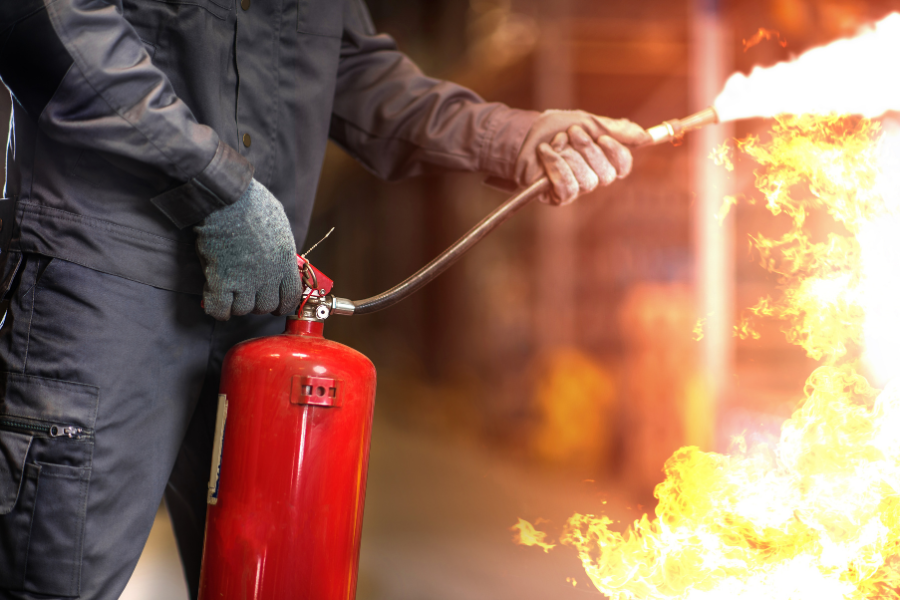
A study from the National Waste and Recycling Association found that the rate of catastrophic fire losses has risen by 41% over the last five years. | Piotr Zajda/Shutterstock
The National Waste and Recycling Association estimates that more than 5,000 fires occur annually at recycling facilities, and it recently warned many were likely linked to lithium-ion batteries.
“Increasingly, these facilities experience catastrophic fires due to lithium-ion batteries erroneously placed by consumers in with their recyclables,” a Jan. 10 press release stated.
The study, from the National Waste and Recycling Association (NWRA) and Resource Recycling Systems (RRS), found that the rate of catastrophic losses has risen by 41% over the last five years, and that increased risk has driven up the cost to insure facilities from less than 20 cents per $100 of insured property value to as much as $10 per $100 of insured value.
“The risk of fires and the cost to insure against them is expected to rise in the coming years as the use of lithium-ion batteries continues to grow exponentially,” the press release stated.
The report added that depending on severity, the cost of a fire at a materials recovery facility (MRF) can range from a minimum of $2,600 to over $50 million for a catastrophic fire.
“Besides recycling facilities, these batteries are a threat to the entire solid waste and recycling system, from collection to disposal, and impact our members every day,” NWRA Interim President and CEO Jim Riley said.
Lithium-ion battery fires have been a growing problem at MRFs in recent years, leading government bodies to ponder regulatory changes and industry experts to offer best practices for battery management.
Michael Timpane, RRS principal and vice president, noted that most facility managers were “getting better at fire detection and vigilance in their facilities.”
The report also noted that data is hard to come by, as fire reporting varies widely by facility and local requirements. Many facilities only report or document catastrophic events, the report added, so the total number of fires is difficult to estimate. It suggested the NWRA create a classification for fire severity to help gather more data.
A version of this story appeared in E-Scrap News on Jan. 18.